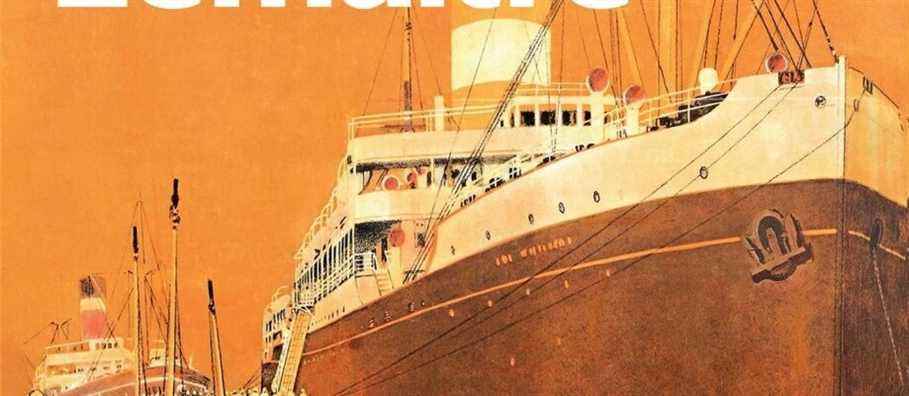Pierre Lemaitre delighted us with his trilogy The Children of Disaster, which took place between the two wars, and whose first volume, goodbye up therewon the Goncourt in 2013. Now he begins a new cycle that will cover the following three decades, The Glorious Years, barely two years after ending the previous one.
Posted at 11:30 a.m.
The Big World begins in 1948, at the end of the Second World War. Europe is in reconstruction, the world is reorganizing itself, and this passage between the old order and the new, against a backdrop of colonialism and large-scale financial shenanigans, most certainly forms the backdrop of this massive novel of almost 600 pages.
We follow the fate of the Pelletier family, the rich owner of a soap factory in Beirut. The four children, young adults, have left the family home: Étienne has gone to Saigon, in the midst of the “Indochina war”, to elucidate the mystery of the disappearance of his lover. The two oldest, François, a news reporter, and Jean, a soft man with unmentionable secrets, live in Paris, while their younger sister Hélène, in search of emancipation, will soon join them there.
We find in The Big World all the ingredients that made the success of Pierre Lemaitre, who gave up teaching to write thrillers at the age of 50, then switched from thrillers to historical novels eight years later: ironic narration, rhythmic writing, earthiness, peripheral vision. The author casts a broad net, very broad, but perhaps, for the first time, too broad.
Between Étienne’s incredible adventures in Saigon and the lackluster life of his brother Jean, there is a lot of space to fill. And all these parallel stories, which of course will eventually come together, do not have the same interest, but above all, the author seems to remain on the surface of some of his characters, with poorly drawn outlines.
No one is ever perfect at Lemaitre. Everyone has their gray areas – some bigger than others – but this time he doesn’t manage to make his protagonists really endearing to us, to make us really care about their fate. Except for Étienne precisely, whom he doesn’t spare.
This is certainly our main reservation, even if we did not shy away from our pleasure: a worthy descendant of Alexandre Dumas, Pierre Lemaitre remains an outstanding serial writer. Literature is for him a high-level game, and he sprinkles his story with real surprises, explosive chapter ends that push us to always want to read the next one, with a smile on our faces, even if we sometimes swim in the murky and despair.
This punch ultimate that he has in store for us for three quarters of the novel, of which we will not even divulge a hint here, is so enormous that it even elicits from us a cry of joy and astonishment. On the other hand, its repercussions on the rest of the novel are not up to par and prove to be disappointing, as if the author had had too many strings to pull to unravel his plot and had taken a shortcut.
We will be there for the rest, of course, because a book by Pierre Lemaitre remains brilliant entertainment and out of category. But for those who would like to get to know him, we still suggest goodbye up thereor even the last part of his previous trilogy, Mirror of our sorrowswho exuded a humanism that we would have liked to find here.

The Big World
Pierre Lemaitre
Calmann-Levy
590 pages

